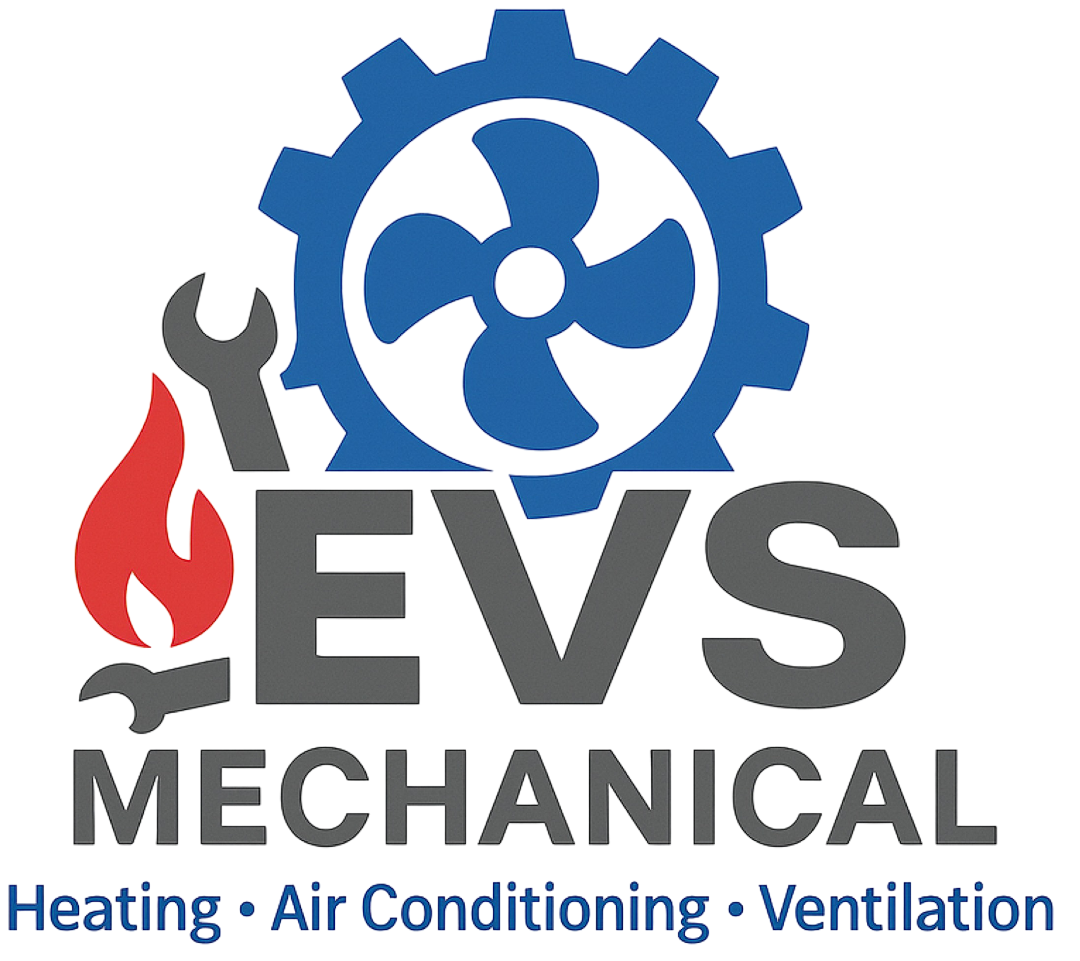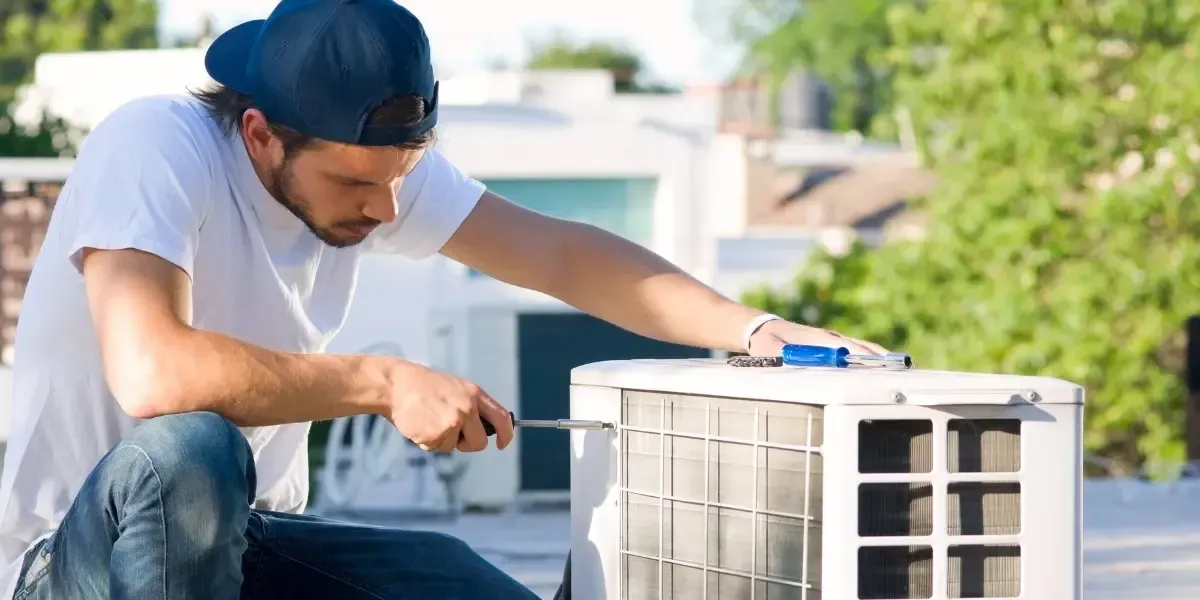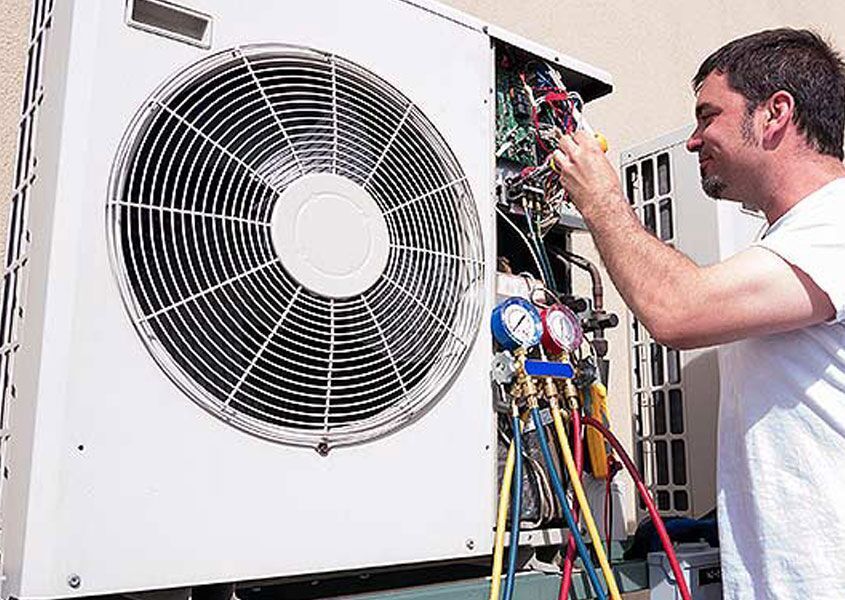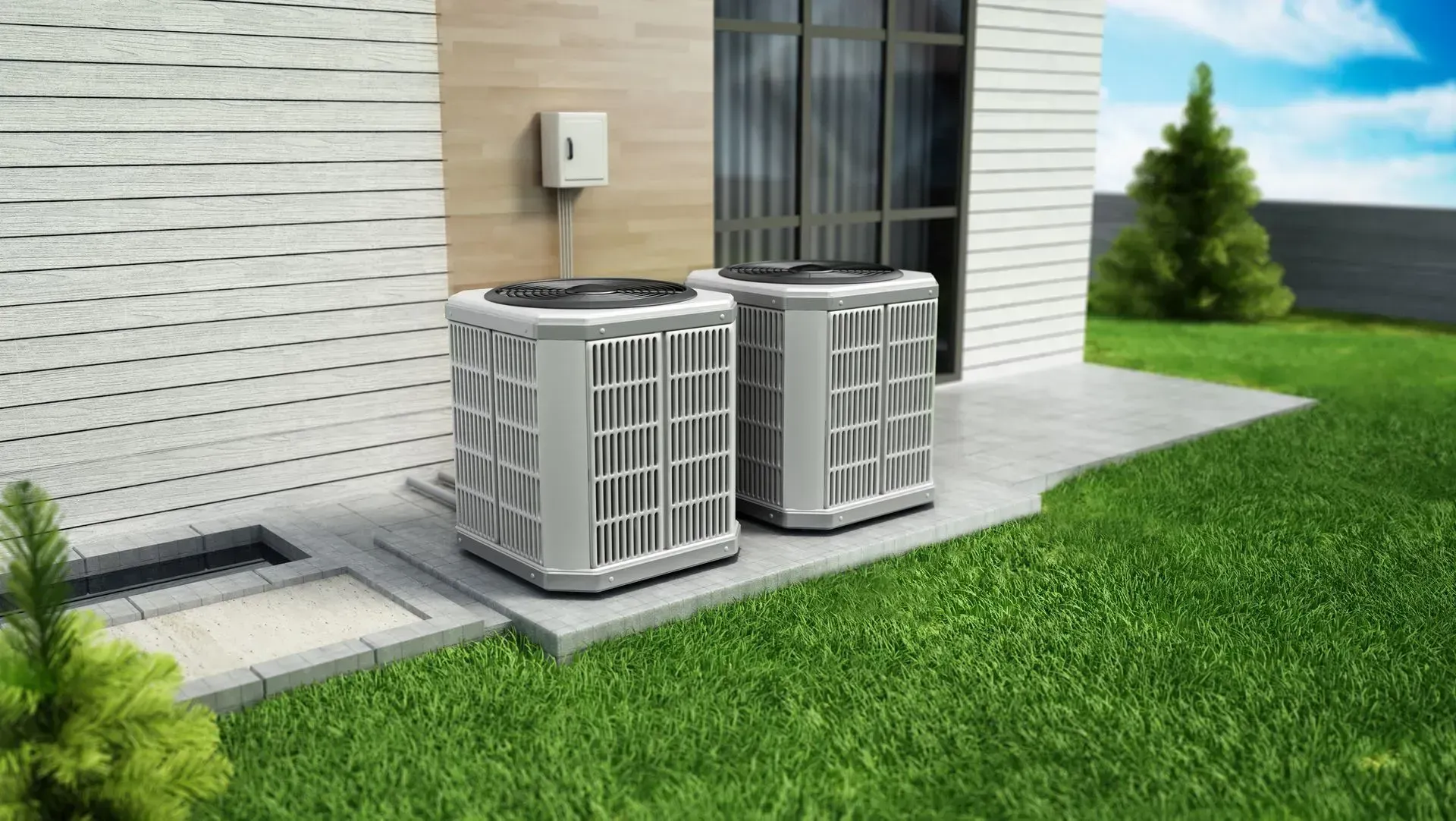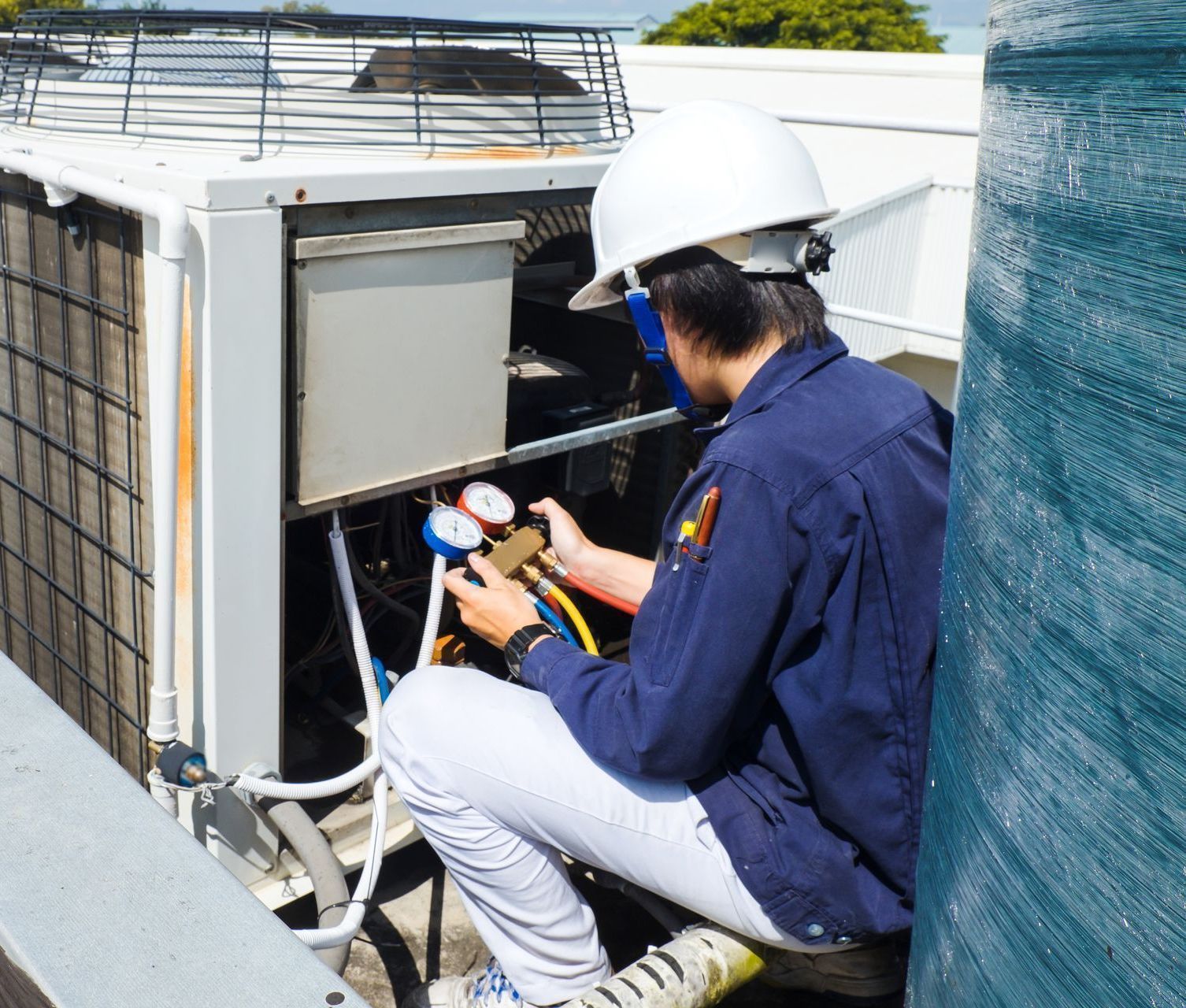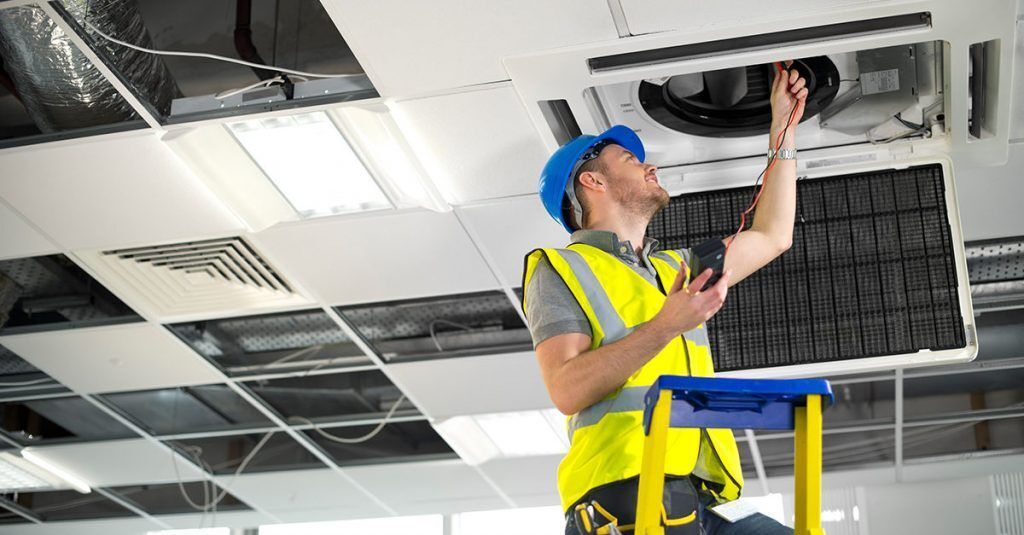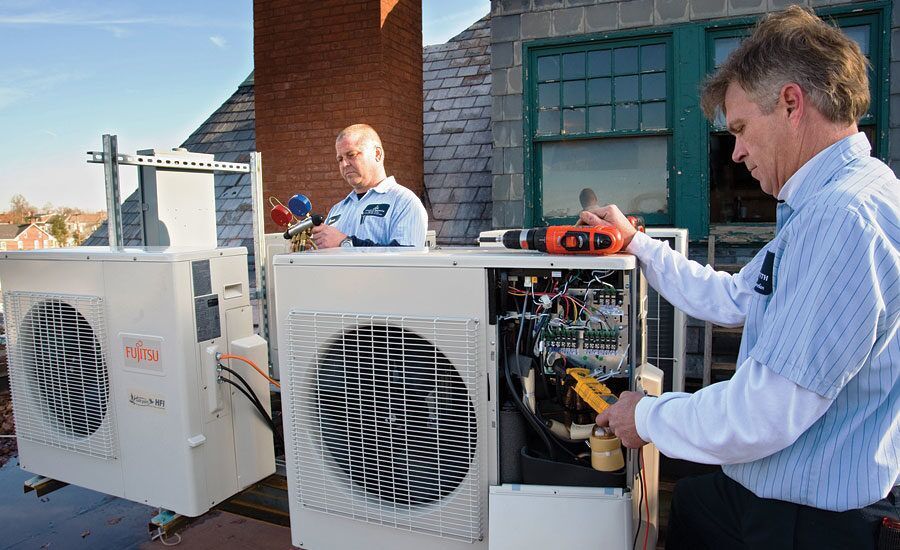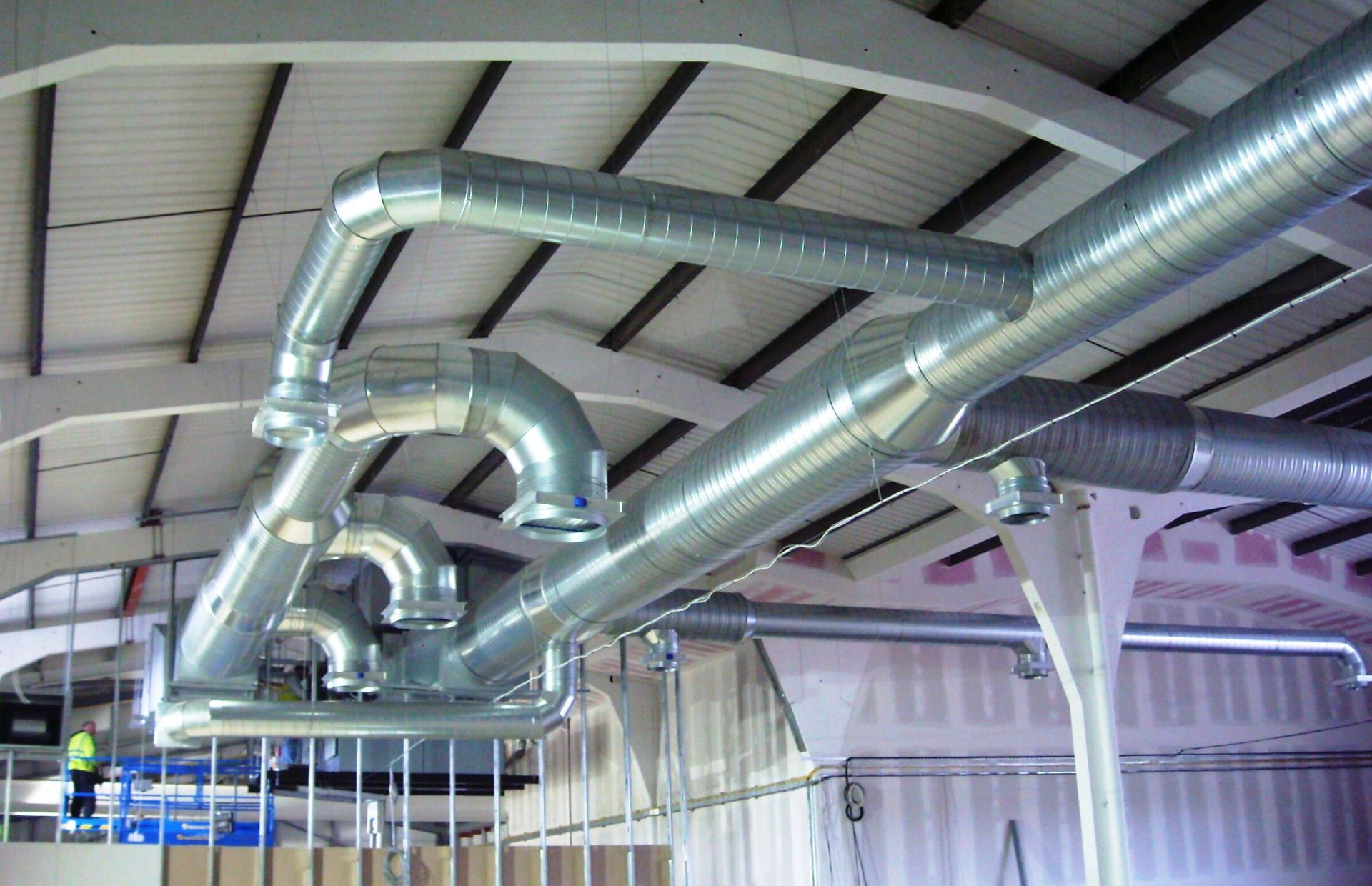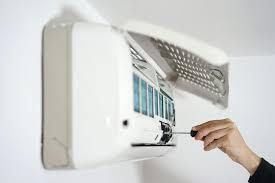BLOG
7 Key Steps for Perfect Heat Pump Installation
Installing a heat pump system can revolutionize your home's energy efficiency and comfort. A proper installation not only reduces your energy bills but also minimizes your carbon footprint and ensures year-round climate control. This comprehensive guide will walk you through the seven essential steps for a flawless
heat pump system installation. Whether you're upgrading an outdated HVAC system or building a new energy-efficient home, these steps are crucial to maximizing your investment.
Key Takeaways
- Begin with a professional Manual J load calculation for accurate system sizing.
- Choose a heat pump type that suits your home and climate.
- Evaluate equipment for top-tier efficiency ratings like SEER and HSPF.
- Hire certified installers to ensure proper placement and function.
- Maintain your heat pump regularly for optimal performance and longevity.
1. Assess Your Home’s Heating and Cooling Needs
Every successful heat pump installation starts with an accurate understanding of your home's requirements. Professionals use what's known as a Manual J load calculation to determine the precise size of the unit your home needs. This calculation considers:
- Total square footage
- Insulation levels
- Number of windows and doors
- Local climate
- Number of occupants
Skipping this step can lead to an improperly sized system. An oversized heat pump can short-cycle, while an undersized one will overwork, leading to inefficiency and a shortened lifespan.
2. Select the Right Type of Heat Pump
There are several types of heat pump systems, each suitable for different homes and climates:
- Air-Source Heat Pumps (ASHP): These are the most common and cost-effective options. They absorb heat from the air and work efficiently in moderate climates.
- Ground-Source (Geothermal) Heat Pumps: These systems use the earth's stable underground temperature to provide heating and cooling. They are more efficient but come with a higher upfront cost.
- Ductless Mini-Split Heat Pumps: Ideal for homes without ductwork, these systems offer zoned heating and cooling.
- Hybrid Systems: These combine a heat pump with a gas furnace, automatically switching between energy sources for optimal efficiency.
Choosing the right system involves considering both your home’s structure and your climate zone.
3. Verify Equipment Performance and Efficiency Ratings
Not all heat pumps are created equal. Efficiency ratings are essential for ensuring long-term energy savings. Key metrics include:
- SEER (Seasonal Energy Efficiency Ratio): Higher SEER means better cooling efficiency.
- HSPF (Heating Seasonal Performance Factor): Measures heating efficiency. A rating of 8.2 or higher is recommended.
- COP (Coefficient of Performance): Indicates how much heat is produced per unit of electricity used.
Look for models with variable-speed compressors, smart thermostats, and ENERGY STAR certifications. These features ensure consistent comfort and lower energy use.
4. Plan the Site and Layout Carefully
Proper planning is vital for optimal performance. Here are some layout considerations:
- Outdoor Unit Placement: Install on a flat, stable surface with ample airflow clearance.
- Indoor Unit Positioning: Ensure it's accessible for maintenance and doesn't disrupt interior design.
- Ductwork Design: If your home uses ducts, ensure they are properly sealed and insulated.
- Refrigerant Line Routing: Should be as short and direct as possible to minimize energy loss.
Professional installers can assess these elements to prevent issues down the road.
5. Work With Certified and Experienced Installers
The best heat pump system can still underperform if installed incorrectly. Choose a contractor who:
- Is licensed and insured
- Has specific experience with heat pump systems
- Offers clear, upfront pricing and warranties
- Performs Manual J, D, and S calculations (for sizing, ductwork, and system selection)
EVS Mechanical Inc. exemplifies these qualities, offering expert installation services tailored to your home’s specific needs.
6. Follow Proper Installation Protocols
Professional installation involves a series of meticulous steps:
- Mounting the Outdoor Unit: On a concrete pad or wall bracket, with proper drainage.
- Connecting Refrigerant Lines and Wiring: Ensuring no leaks and correct polarity.
- Installing Indoor Components: Including air handlers, thermostats, and control systems.
- Charging and Testing the System: Verifying refrigerant levels, airflow, and system calibration.
- Commissioning the System: Running diagnostics and providing a homeowner walkthrough.
Every detail matters. A rushed or incomplete installation can void warranties and reduce efficiency.
7. Schedule Ongoing Maintenance
Even the most efficient heat pump requires regular upkeep. Routine maintenance should include:
- Cleaning or replacing filters
- Checking refrigerant levels
- Inspecting electrical connections
- Cleaning indoor and outdoor coils
- Testing the thermostat and controls
Schedule professional tune-ups at least once a year, ideally before the heating or cooling season begins. Preventive maintenance extends equipment life and ensures peak performance.
How EVS Mechanical Inc. Can Help You
When it comes to heat pump system installation, EVS Mechanical Inc. stands out as a trusted partner in the Bay Area. With years of experience and a commitment to quality, they provide a seamless installation experience from consultation to final testing.
Thorough Needs Assessment
EVS Mechanical conducts in-depth evaluations to determine the optimal system for your space. Their experts use precise calculations to ensure the right size and type of heat pump.
Expert System Selection
They help you navigate the options—air-source, ductless, or hybrid—ensuring you get the most efficient and cost-effective solution tailored to your home.
Precision Installation
With certified technicians on staff, EVS Mechanical guarantees meticulous installation. From proper refrigerant charging to ductwork adjustments, they handle every detail with care.
Post-Installation Support
Once your system is up and running, EVS Mechanical provides full support, including maintenance schedules, system tutorials, and performance checks.
Warranty & Service Guarantee
All installations come with labor warranties and access to emergency repair services, providing peace of mind for homeowners.
Why You Should Choose EVS Mechanical Inc.
- Locally owned and operated in the Bay Area
- Highly trained and certified HVAC professionals
- Transparent pricing with no hidden fees
- Trusted by homeowners across San Jose and Santa Clara
- Partnered with leading brands like Lennox, Carrier, and Goodman
Conclusion
A perfect heat pump installation requires attention to detail, from initial assessments and system selection to installation and maintenance. By following the seven key steps outlined above, you can ensure your system operates at peak efficiency and delivers lasting comfort.
Partnering with a trusted contractor like
EVS Mechanical Inc. makes all the difference. Their experience, certifications, and customer-first approach guarantee a hassle-free experience and long-term satisfaction. Ready to enhance your home’s comfort and efficiency? Reach out to EVS Mechanical Inc. today and take the first step toward a smarter, more sustainable home.
FREquently Asked Questions
What size heat pump does my home need?
Your home's size, insulation, window count, and location all influence the required capacity. A professional Manual J calculation will determine the best fit.
How efficient is a heat pump compared to traditional heating systems?
Heat pumps are typically 300% to 500% more efficient than gas furnaces or electric heaters. They transfer heat rather than generate it, which significantly reduces energy consumption.
Can a heat pump replace my furnace?
Yes. In moderate climates, heat pumps can fully replace a furnace. In colder regions, a dual-fuel or hybrid system may be necessary for peak winter temperatures.
How do I find a reliable heat pump installer?
Look for licensed HVAC contractors with experience in heat pump installations. Verify credentials, read reviews, and ensure they perform proper sizing calculations.
What types of heat pumps are available?
Common options include air-source, ground-source (geothermal), ductless mini-split, and hybrid systems. Each has unique advantages depending on your needs and environment.

